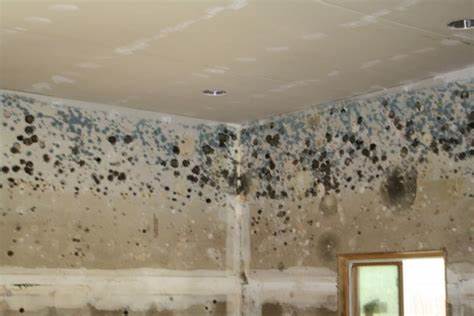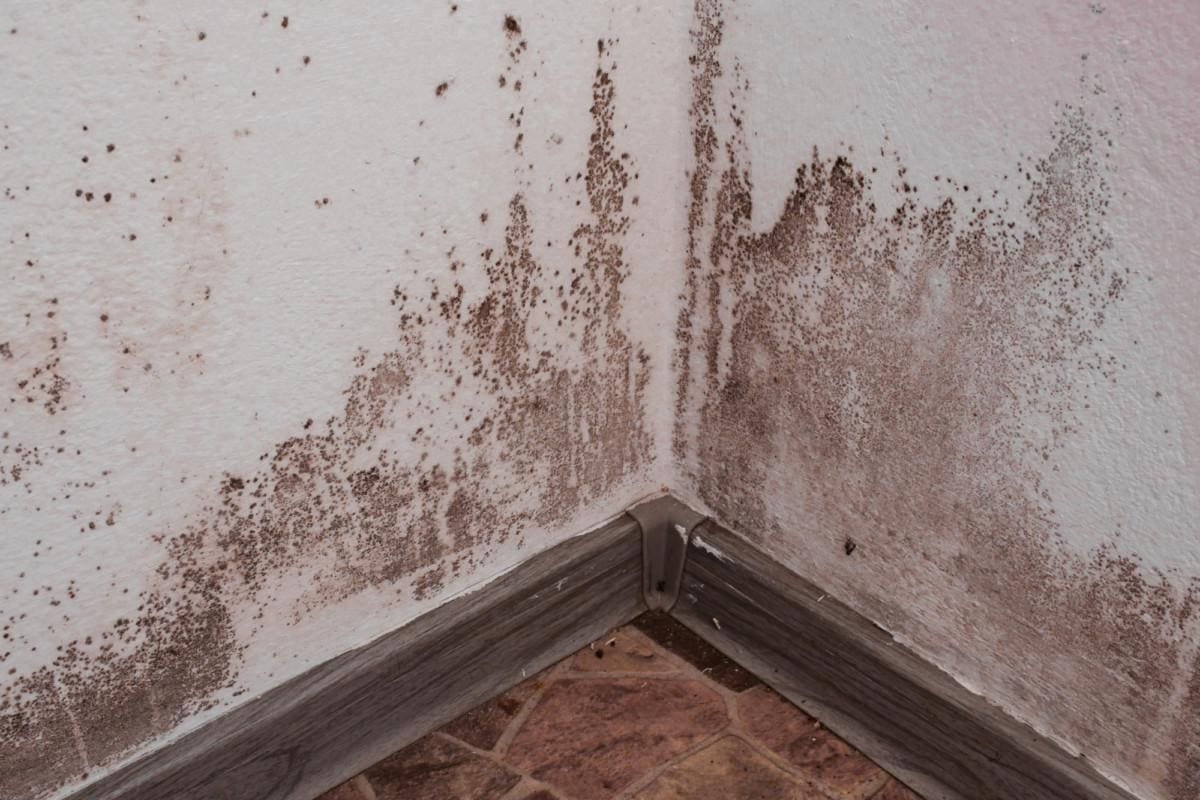At NFCF LLC, we are dedicated to offering our customers and clients the highest quality services and partnerships in water mitigation. Our top priority is to preserve homes and mitigate water damages as efficiently as possible. We strive to deliver these services in a cost-effective manner and within the shortest time frames, ensuring a safe and clean environment for occupants.
Water Extraction is a critical initial step following any water damage incident. Once the excess water is removed, attention must turn to salvaging and restoring category one water damages with the least amount of demo involved and preserving the home or asset. If The water damage event involves category two or three conditions, it’s important to start the removal phase and Disposal. This involves not only the elimination of unsalvageable items such as carpet, vinyl, sheetrock, wood trim, and base cabinets, but also ensuring that all contaminated materials are safely managed to prevent secondary damage.

Structural Drying is the next crucial step in the recovery process. Utilizing advanced drying techniques and equipment, experts aim to thoroughly dry and dehumidify affected areas. This is essential to mitigate further damage and to prepare the structure for the subsequent stages of restoration.
Mold Prevention is a proactive measure that must be taken seriously. Water damage creates an ideal environment for mold growth, which can have significant health implications. By applying antimicrobial treatments and ensuring proper ventilation, the risk of mold infestation can be substantially reduced.
Rebuild and Restoration is the final phase, where the property is brought back to its pre-damage condition. This includes repairing structural damage, replacing materials, and ensuring that the home or business is safe and fully functional once more. The goal is to not only restore but also to improve resilience against future water damage incidents.

Industry standards and information for our customers and clients
Definitions of Category One Water Damage
Category One water damage refers to damage from clean water sources, such as broken water supply lines, tub or sink overflows, or appliance malfunctions that involve water supply lines. The key characteristic of this category is that the water is clean and poses no significant health risk to humans.
Definitions of Category Two Water Damages
Category Two water damage, also known as "grey water," includes water that has a significant degree of chemical, biological, or physical contaminants. This type of water can cause discomfort or illness if ingested or contacted. Examples include overflow from washing machines, dishwashers, or toilet bowls with urine (no feces).
Definitions of Category Three Water Damages
Category Three water damage, commonly referred to as "black water," is highly contaminated and can contain pathogens or toxins. Sources include sewage backups, flooding from rivers or streams, or water that has remained stagnant for an extended period. This category of water damage poses serious health risks and requires specialized handling and disposal procedures to ensure safety and sanitation.
Class of Water Definitions
Class One: Less Than 5% of Combined Floor, Wall, and Ceiling Surface Area
Class One water damage is the least severe type and affects only a small part of a room or area. The materials affected are low-porosity and do not absorb much moisture, such as concrete or linoleum. This class of water damage typically involves minimal evaporation load and is the easiest to manage and dry out.
Class Two: More Than 5% Less Than 40% of Combined Floor, Wall, and Ceiling Surface Area
Class Two water damage affects an entire room or area and involves water that has wicked up walls less than 24 inches. The water has saturated carpets, cushions, or other materials with a moderate absorption rate. This class requires more extensive drying efforts and may involve some structural mitigation.
Class Three: More Than 40% of Combined Floor, Wall, and Ceiling Surface Area
Class Three water damage is extensive and involves water that has saturated ceilings, walls, insulation, carpets, and subfloors. This class of damage often results from significant overhead leaks or flooding that permeates most surfaces and materials within the affected area. Due to the high level of absorption, Class Three requires a comprehensive drying strategy and significant restoration efforts.

Class Four: Deeply Held and Bound Water
Class Four water damage is the most severe and involves specialty drying situations. This class includes water that has infiltrated deep into low-porosity materials such as hardwood, plaster, brick, or stone. The water content is bound within these materials, making drying efforts complex and prolonged. Specialized equipment and techniques are typically necessary to address Class Four water damage effectively.
By understanding these classifications, professionals can make informed decisions about the appropriate response and remediation strategies to employ in each scenario, ensuring effective and efficient restoration.
IICRC S520 Condition Categories of Mold
Understanding Mold Contamination Standards
Introduction
The Institute of Inspection, Cleaning and Restoration Certification (IICRC) has established comprehensive guidelines for the remediation of mold contamination. These guidelines are encapsulated in the IICRC S520 standard, which provides a structured approach to identify, assess, and address mold contamination in indoor environments. Central to these guidelines are the condition categories of mold, which help professionals determine the extent of contamination and the corresponding remediation strategies.
Condition 1: Normal Fungal Ecology
Condition 1, as defined by the IICRC S520, represents a state where indoor environments exhibit a normal fungal ecology. This means that the presence and levels of mold spores, hyphal fragments, and other fungal components are consistent with what is typically found in an outdoor environment in the same geographic location.
Under Condition 1:
Maintaining Condition 1 is the goal of effective mold prevention and control programs.
Condition 2: Settled Spores
Condition 2 is characterized by the presence of settled spores, which are mold spores that have settled from the air onto surfaces but have not yet led to visible mold growth.
Key indicators of Condition 2 include:
Condition 2 requires targeted cleaning and decontamination efforts to prevent the spores from becoming active mold colonies.
Condition 3: Actual Growth
Condition 3 is the most severe level of mold contamination, indicating active mold growth that is visible and typically accompanied by a musty odor.
Characteristics of Condition 3 include:
Remediation of Condition 3 requires thorough and intensive efforts, including removal of contaminated materials, addressing the moisture source, and extensive cleaning.
Steps for Remediation Based on Condition Categories
The appropriate remediation steps vary depending on the identified condition category:
For Condition 1:
For Condition 2:
For Condition 3:


Conclusion
The IICRC S520 condition categories provide a clear framework for identifying and addressing mold contamination, ensuring effective remediation and restoration of indoor environments. By understanding and applying these categories, professionals can safeguard the health of building occupants and maintain the structural integrity of properties. Regular monitoring, proactive moisture control, and adherence to established remediation protocols are essential in managing mold in any setting.


NFCF LLC, Uses the latest IICRC industry standard manuals as an integrated part of our Standard Operating Procedures (SOP) for every water mitigation job we do. The following is a list of IICRC manuals we use as part of transparent information for our clients and customers:
Our Culture of Safety
At NFCF LLC, we are committed to maintaining the highest standards of safety and professionalism in all our operations. Our team is not only certified but also extensively trained to implement these industry-leading practices meticulously. By adhering to these standards, we ensure that every project we undertake is executed with precision and care, safeguarding the health and wellbeing of both our clients and our team members.
NFCF LLC, Follows the best practice designed by the Institute of Inspection Cleaning and Restoration Certifications (IICRC). All of our project managers have completed their course certifications for the following:
In addition, NFCF LLC, Abides by all parts of the OSHA 1910 General Industry and OHSA 1926 General Construction Industry standards and regulations pertaining to workers safety, standards, and laws associated with Lead Base Paint (LBP), Asbestos (ACM), in addition with EPA and HUD standards.
Furthermore, we continually update our knowledge base and operational procedures to reflect the latest advancements and regulations in the industry. This proactive approach allows us to provide exceptional service and reliable solutions in water mitigation, mold remediation, and structural drying.
Our dedication to excellence is unwavering, and we take great pride in delivering superior quality and peace of mind to our clients.
The Complete Guide to Cleaning and Restoration Develop by Restoration Sciences Academy (RSA) Cleaning Professionals Academy (CPA)
The Restoration Science Academy (RSA) Cleaning Professionals Academy (CPA) is an authoritative resource designed to equip cleaning professionals with the knowledge and skills necessary for effective cleaning and restoration. This comprehensive guide delves into various techniques, best practices, and innovative solutions tailored to meet the ever-evolving demands of the industry. From basic principles to advanced methodologies, it provides a detailed roadmap for achieving excellence in cleaning and restoration services.
Water Mitigation Workflow Process Mapping
The water mitigation flow chart below offers our clients and customers a clear and visual reference of how NFCF LLC manages all water mitigation losses. While some processes and protocols may be slightly altered depending on the water lose event, this generally reflects the workflow we follow.
This flow chart is provided with full transparency in mind so that clients and customers can understand how their losses are managed. We prioritize a culture of safety, ensuring that the well-being of our clients, customers, and partners is at the forefront of every job NFCF LLC undertakes.










